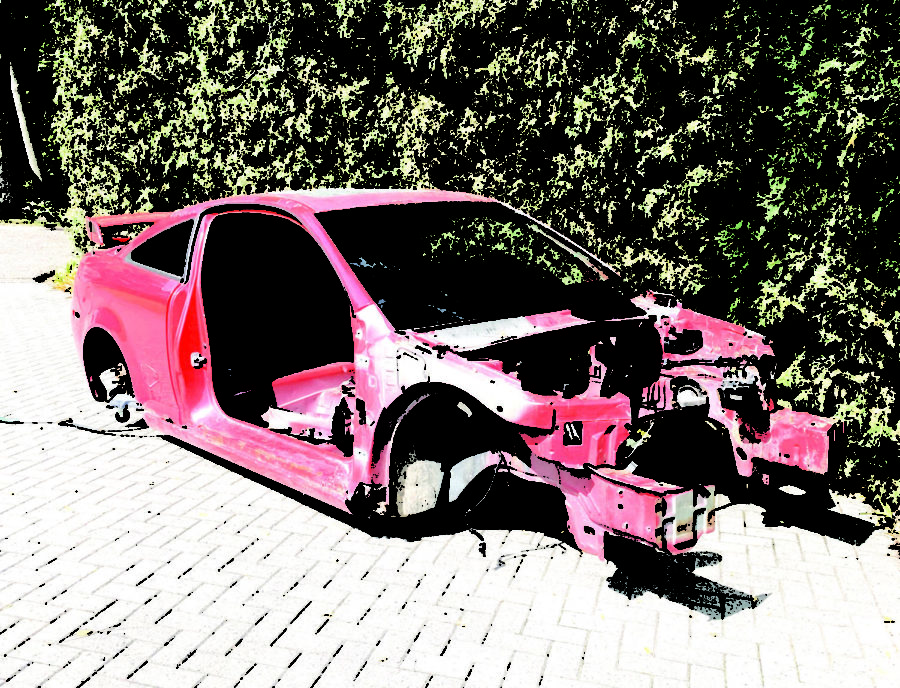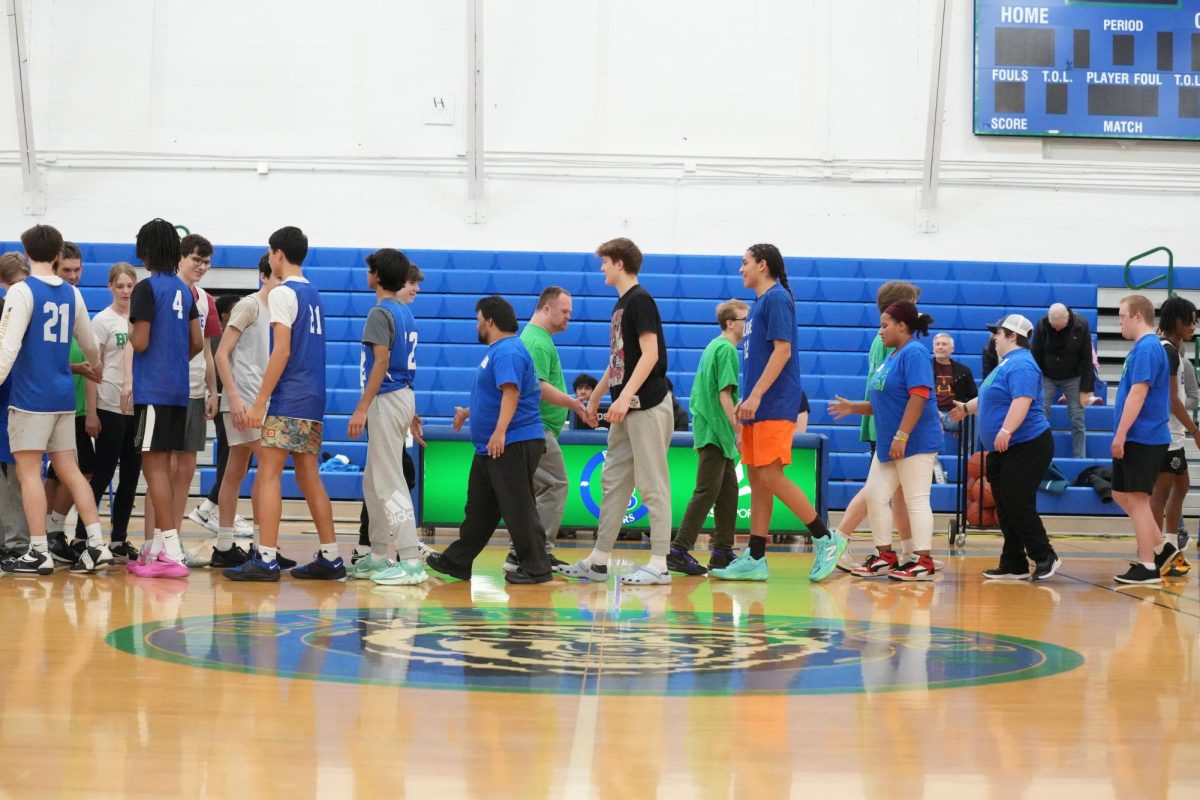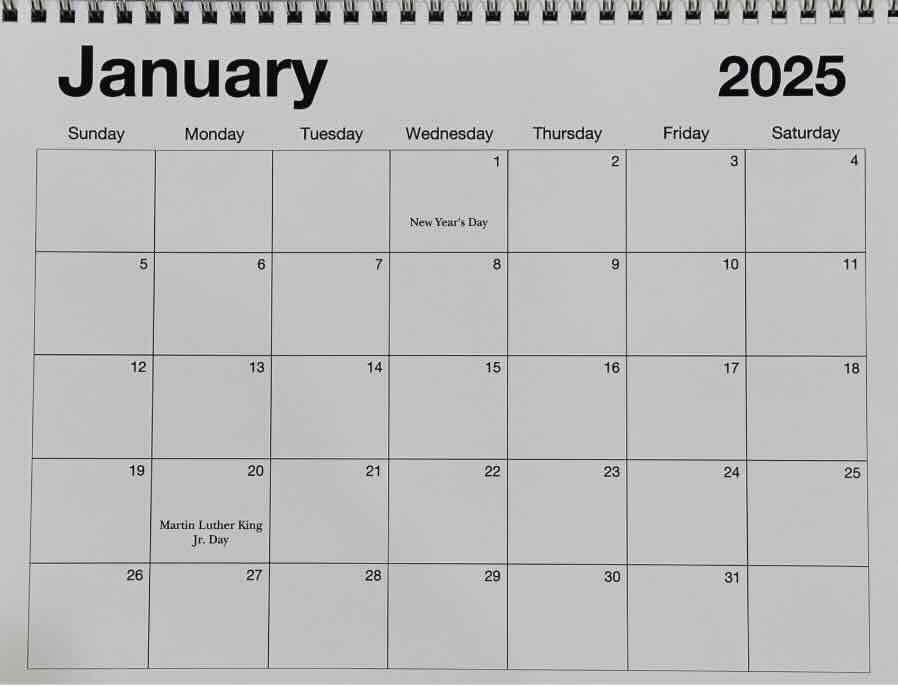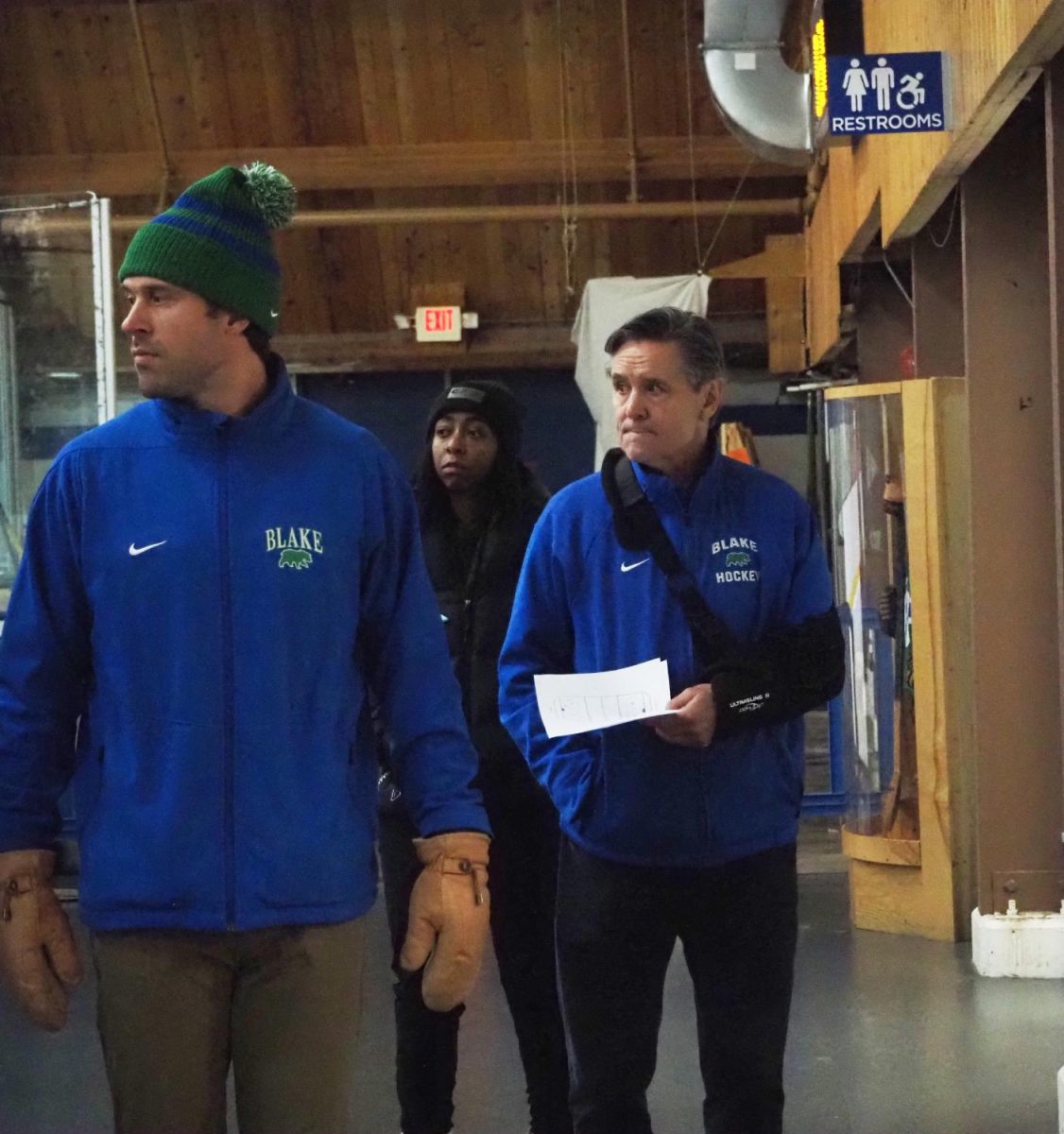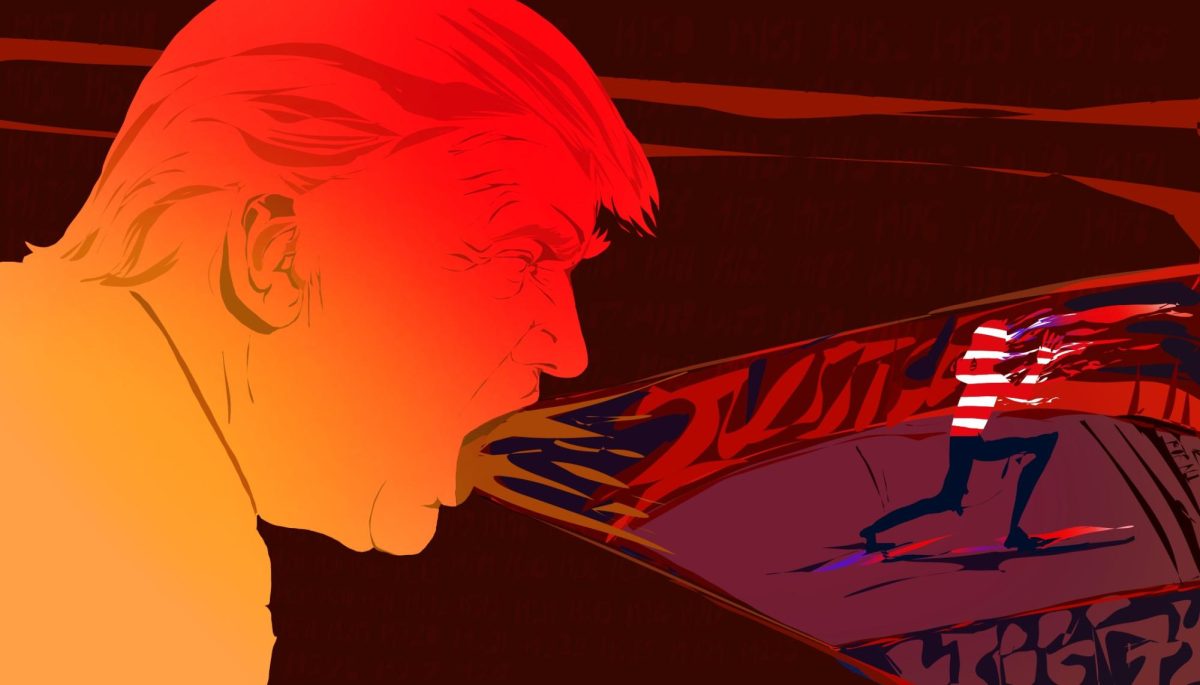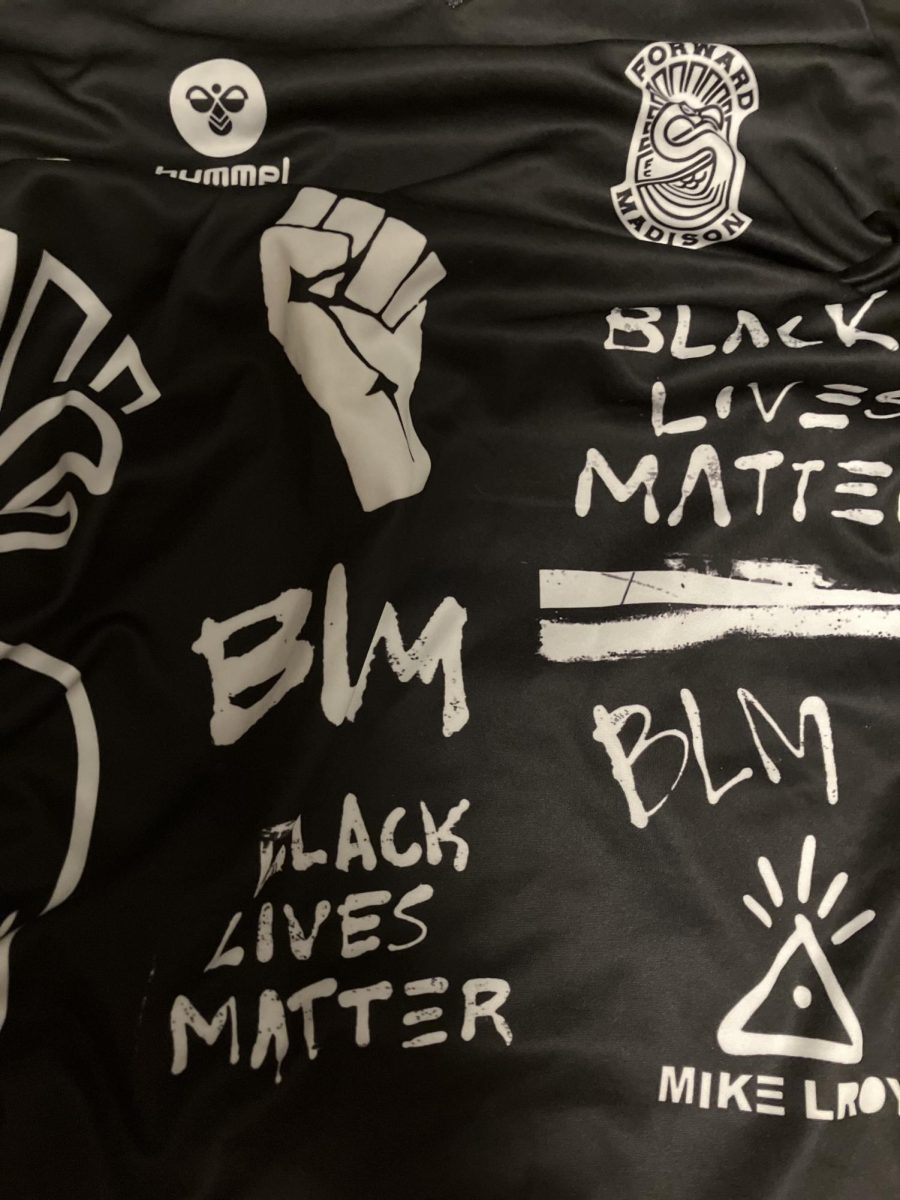Last spring, Charlie Weyerhaeuser ‘23, Gunnar Johnson ‘23, and Harrison Oxford ‘23 decided to take on a colossal project: building a car. Using a kit containing the frame for the car, and some parts from an old car, they embarked on a long journey. They jumped into the project head-first, ordering the kit before having a complete plan for building the car. The main goal of the project is simply to learn, and have fun. Weyerhaeuser states, “We just want it to be as fun as possible. The point of this wasn’t to make the fastest or most incredible looking [car] or any of that, it was more just the fun factor.” Regarding coming up with the idea of building an entire car, Weyerhaeuser explains that he has always been drawn to projects like this, stating, “I kind of came up with the idea in about May last spring. I had just recently gotten into cars…I’ve always been a hobbyist. I like hobbies and putting a lot of effort and time into something and diving into something even if it doesn’t benefit me in any way besides fun…I have definitely always been interested in machines and cars in general–I want to do engineering of some sort for my career–I like adrenaline, and combine those two together, well, you get a really cool car that you can build that’s also really fast.”
The official name of the car is a DF Goblin two frame mid engine rear wheel drive. After ordering the kit for the car, the next step was to find their donor car. Regarding this process, Weyerhaeuser says that “Pretty much everything was new to us. None of us had ever bought a car. None of us had really ever searched for a car to buy.” After looking at a vast number of different options, Weyerhaeuser and Johnson selected a Chevy Cobalt SS as their donor car. Johnson drove to Wisconsin to pick up the car. The entire process took around four weeks. They would use the transmission, engine, and drivetrain from the Chevy, and a new frame and chassis from the kit to build the final car.
Currently, the two have completely disassembled the donor car, and recently painted the kit using a unique method called powder-coating. This entails negatively charging the part being painted, and positively charging the paint so that the pigment attracts to the metal and lays flat. Next, they will begin to build the car. The actual building of the car is broken up into three different parts: getting the engine running, wheel suspension (connecting the wheel system to the car), then assembling the body panels and making final touches to the car. As of now, the two are about to begin the first stage of the building process. Once the car is completed, Weyerhaeuser and Johnson plan to make it street legal and able to drive on a track. Regarding their timeline for the project, Weyerhaeuser says “We’re hoping we can get it done within about a month to a month and a half, at least before winter. An ambitious goal, very ambitious, would be around October 11, because that’s the last track day of the year.”
The process has not been without its challenges. The donor car, in particular, has proved difficult since the rust that had built up on the car made it hard to disassemble. Weyerhaeuser explains, “We live in one of the rust belt areas of the United States, with all of the salt during the winter, it builds up on cars.” The most affected area was the suspension parts, since these are closest to the ground and therefore more vulnerable. Recalling this struggle, Weyerhaeuser says “We had to drill out probably a dozen different bolts…We just spent hours getting one piece out sometimes, because it was seized there. But, we got through it.” Searching for the right donor car also posed a challenge, as neither of them had experience with buying a car. The supply chain has also put a delay in their progress, causing the kit to take multiple months to arrive. Weyerhaeuser notes, “Building the kit, we could run into an infinite number of issues, the engine could be bad, transmission…things like that where we don’t expect but they could happen that add a lot of time.” However, the two feel well prepared to work through any future challenges that may come their way.
However, the lessons learned along the way have proved to be incredibly valuable. Weyerhaeuser points out one in particular, saying, “Being overly ambitious. It’s not a bad thing, but we originally thought we could probably get it done within the summer. One of the biggest things with large projects especially is you’ve got to account for things to go wrong or you’re never going to even come close to meeting deadlines.” Overall, the experience of building the car has been greatly positive, teaching them countless life lessons, as well as being a fun project with a useful outcome. Connecting back to the project’s fundamental purpose, Weyerhaeuser says, “I thought that [the car] is cool, it’s really fast, a fun project, and it teaches me and my partners everything.” The two continue to work hard to meet their goal, while still keeping their priority of having fun in sight.


